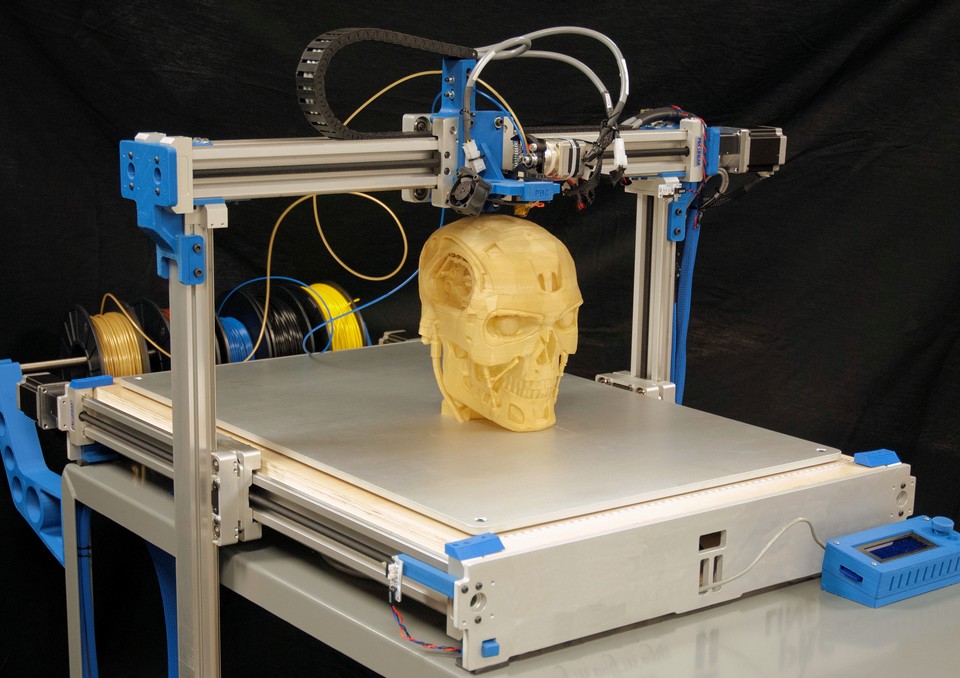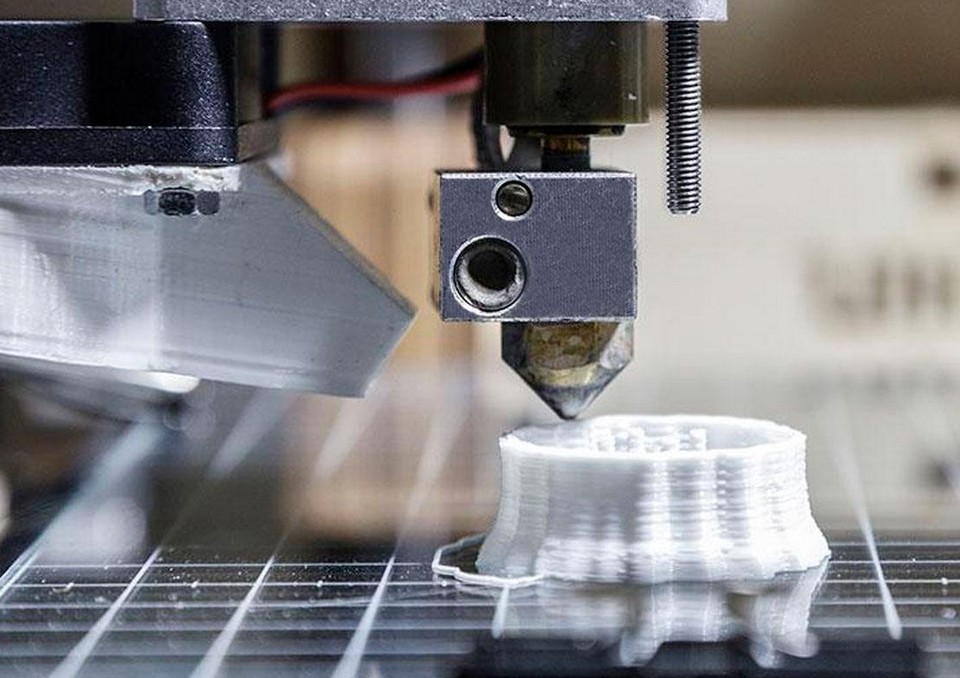Despite the large-scale distribution of 3D technologies, still not everyone knows how 3D printers work. 3DDevice will help you understand this topic and answer frequently asked questions. Most often, users are interested in what a 3D printer is.

There are various techniques for 3D printing, but their principle generally boils down to one thing. The essence of the technology lies in the gradual (layer-by-layer) reproduction of a digital 3D model in volume form from a certain material. These materials can vary depending on the technology used. A 3D printer is a device that creates a 3D product based on digital data. In a special program, this data is converted into a control code for the printer (G-code), due to which it performs the necessary movements.
This is the most accessible answer to the question “How does a 3D printer work?” This is followed by the subtleties of specific techniques, which we will not delve into. Let’s take a closer look at only the most common 3D printing technologies.
In the previous paragraph, we did not fully disclose the question “How does a 3D printer print?” and below we will give the most complete answer. To reproduce products on a 3D printer, special materials are used. On desktop 3D printers, these are 3D plastic and photopolymer resins, but you can also print with rubber, flexible and reinforced materials. More serious, professional devices can print with metal and plaster, making them optimal for mass production. Due to this, industrial 3D printers are already in full swing in the aerospace and automotive industries.

So, we figured out what a 3D printer is. Now let’s talk about what you can do with a 3D printer. The most obvious answer is everything. And he is very close to the truth. Already today, in addition to the usual FDM and SLA 3D printers, there are food, industrial, 3D bioprinters and many other variations of similar devices. 3D printing is widely used for household purposes, and scientists have high hopes for 3D bioprinting technology, which is planned to produce living tissues and organs. The main advantages of 3D printing over traditional methods of manufacturing products are high speed, simplicity and relatively low cost.
We hope we have clearly explained what 3D printers are. If you have additional questions that we have not touched upon, write to us by e-mail and we, if necessary, will add your questions as well! Best regards, 3DDevice team.
We also want to remind you that our online store offers a wide range of products for 3D printing and 3D scanning, including equipment and consumables. In addition, we provide services for 3D modeling, 3D design and more.